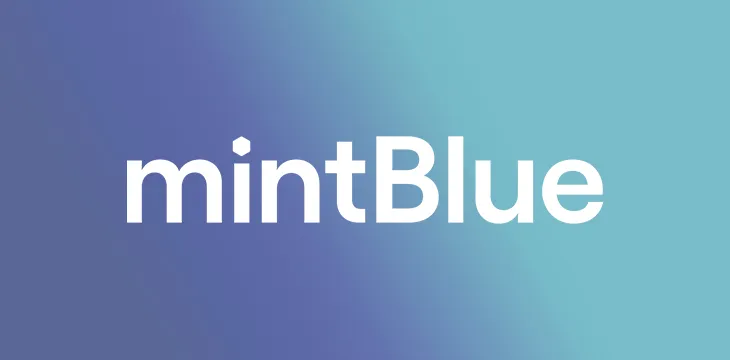|
Getting your Trinity Audio player ready...
|
Real scalability is speed + cost, and blockchain-as-a-service company mintBlue has proved BSV excels on both fronts. This week it smashed the transactions-per-day record, writing 50.53 million transactions to the blockchain. The BSV network itself processed 55 million total transactions in the same period. And the total cost of this record-breaking effort? Around EUR400 (US$425).
mintBlue announced the record attempt in advance, planning to write 40 million transactions in a 24-hour period. The goal, they said, was “to debunk common knowledge myths around the issues of using blockchain at scale and in real-world use cases.”
Every transaction included the storage of a real, Universal Business Language (UBL)-compliant document. mintBlue had a sustained average of around 630 transactions per second (the highest point was 1,500), 35,000 per minute, or 2.1 million per hour.
That’s pretty amazing, even compared to non-blockchain online payment methods like iDEAL (avg. 2.4 million transactions per day), Bancontact (avg. 4.5m), or Adyen (33 million per day). mintBlue noted that blockchain competitors max out at far lower numbers, like Hyperledger (max. 18.6 million per day), Corda (max. 14.7 million), or Ethereum (avg. 1.2 million). BTC’s average of 300,000 per day is hardly worth mentioning.
Speaking to CoinGeek, mintBlue CEO Niels van den Bergh said, “We’ve now proven what we’re capable of. Our current clients are starting to ramp up transaction loads, and we can now support new enterprise clients out the gate on extremely large scale projects.”
“We did make our client base aware that we were going to be doing a large scale test, and attempt to break a number of world records. We’ve had enormous support from our partners, clients and community throughout the preparation and execution of this event,” van den Bergh stated.
And what was the most difficult thing about preparing a test like this?
“Honestly, the hardest part was finding a way to generate enough data to ensure every transaction had a real and valid payload! We’d love to collaborate with large organizations in the future, enterprises or governments, for future tests where we can then push real, publicly useful data on-chain,” he answered.
‘Business as usual’—a transaction processor’s perspective
At TAAL, a major transaction processing operation on the Bitcoin network, COO Lars Jorgensen said he wanted to remind everyone that 40+ million transactions in a day is still just a small fraction of what the network overall is capable of handling.
Each BSV transaction block can hold 4GB of data at current miner-imposed limits. So theoretically, at least, the BSV network could process 576GB per day. How many transactions that makes up would depend on the transaction types and sizes, but with mintBlue’s invoice hashes, he estimated they were around 370-390 bytes in size. (He also noted that TAAL’s monitor did not specify which transactions were mintBlue’s and had no way of seeing what information was in each invoice hash.)
That means 1.44 billion transactions a day should be possible. However, “if someone would like to actually do that, let us know first, maybe,” he joked. As far as mintBlue’s record was concerned, the transaction processors (aka miners) handled it easily.
“This is business as usual, nothing special. We run 24/7. This is what we do, and we’re ready for much more,” he noted.
Jorgensen said the cost per transaction was the important thing to consider. mintBlue’s records show a cost of around EUR0.000006 per transaction. Per-transaction fees on networks like BTC or Ethereum can often be over one U.S. dollar each, usually more on high-traffic days and/or for priority processing.
The cost/efficiency difference between BSV and those “better-known” but less used blockchains is so vast it’s almost laughable to compare them as the same thing.
This creates whole new use cases for blockchain, Jorgensen added. Think about IoT devices, each sending a stream of small-sized data transactions to the blockchain daily. Those records are future-verifiable and can be permanent. Now that mintBlue has demonstrated its capabilities—despite filling just a small fraction of BSV’s real capacity—it’s time to start thinking about much bigger ideas.
Watch: The Future World with Blockchain

 07-13-2025
07-13-2025 





